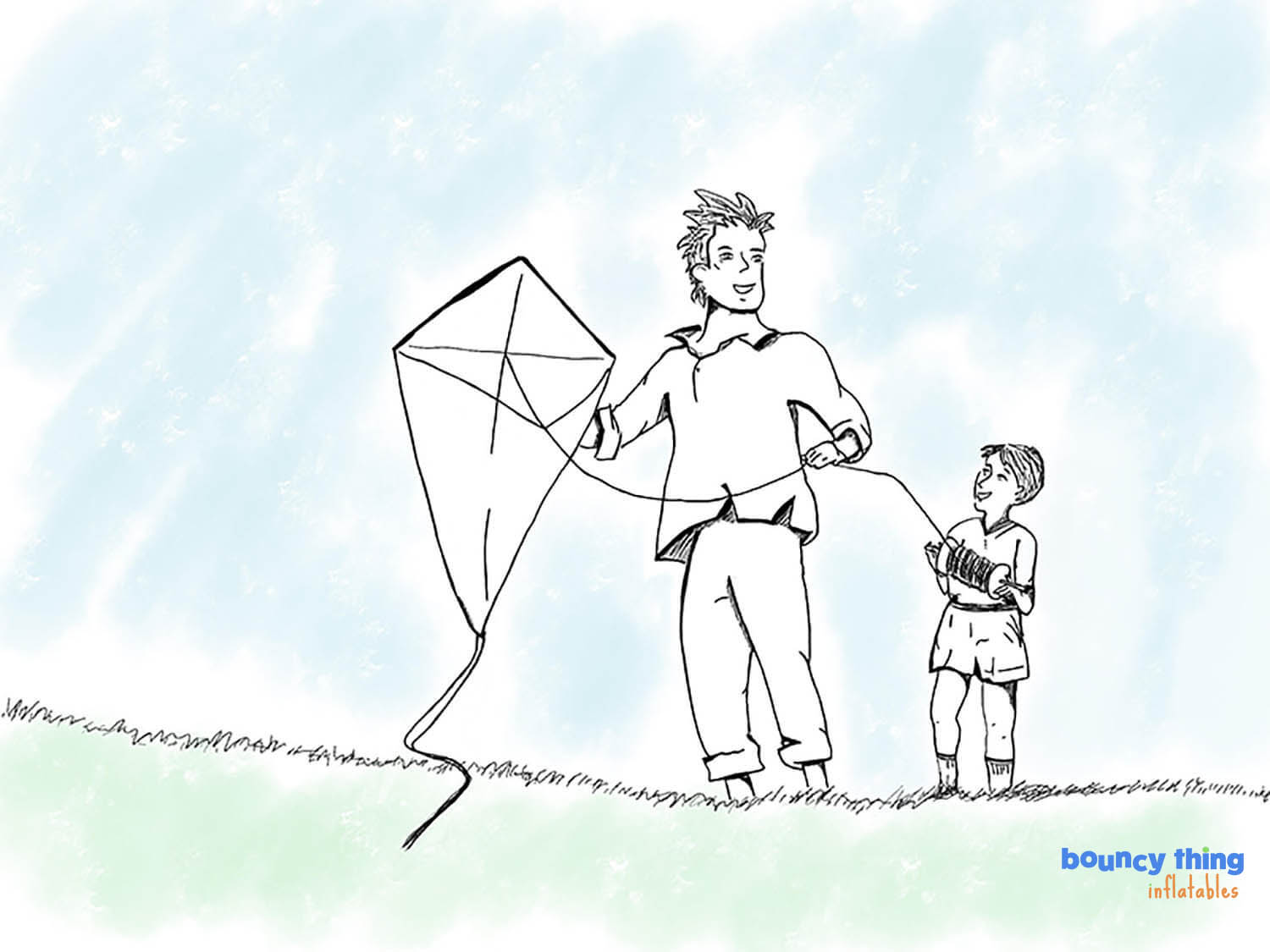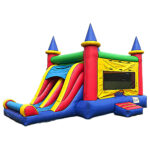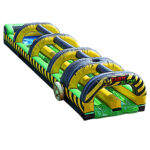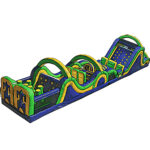Outdoor Activity: How to Build a Kite

Kite flying holds a place in American kids’ favorite pastimes. Guiding the small aerial objects through the warm summer breeze was a common outdoor activity. But, kite flying made it’s mark well before its popularity grew to family neighborhoods across the world. Mu Zi, a Chinese joinery, used a man lifting kite for military action between 1000 BC and 0 BC. Meanwhile, Benamin Franklin and the Wright Brothers utilized the kite, giving us the technology we rely on today.
In short, kites were a piece of technology for scientists, inventors, and militaries that clearly served as a catalyst to the technology available to us today.
Next Benjamin Franklin? Probably not, but don’t rule it out! Ultimately, there’s plenty of fun, healthy reasons to get outside and fly a kite with the little ones this spring/summer.
Skip the Amazon checkout, instead I’ll walk you through the necessary supplies and steps to build your own. Most importantly, building a kite with your kid invests quality time and an opportunity to teach them valuable lessons.
Why building and flying a kite is a great activity to take on with your kid:
Gratification of building. Building with your hands is extremely gratifying, then to put the project to test and watch it soar sky high is the cherry on top.
Problem solving. Or the contrary may happen, it crashes. But, this takes the experience to another level. It provides the perfect opportunity to display problem solving skills to teach your kid that failure is ok, and to get back to the drawing board.
Sparks Imagination. The beauty of starting from scratch lets your kid use their imagination. Since the origin of kites, the sails were decorated to express peoples’ creativity. Therefore, allow your kid to pick out a themed sail, let them draw their favorite characters or sports team on it before assembling the kite, or leave it blank. But, their imagination of the kite coasting through the sky is where imaginations can sky rocket.
Sensory Activity. To build and fly a kite is sensory overload. From building, to holding the spool, feeling the vibrations of the kite soaring in the wind, smelling the fresh air of the outdoors, and taking in the sights of the whole environment is truly an experience every kid should have growing up.
Fun. The type of fun that has kids firing questions of curiosity like pop rocks. It’s an exhilarating activity unlike most, I vividly remember my first experience flying a kite. Mine resulted in it getting swallowed up by the sky but every minute was exhilarating to say the least!
Low Cost. It doesn’t take much to build a kite. A few household items, or maybe a stop at the hardware store on your way home is all you need! Within just one hour you can have your kid out running in the backyard smiling ear to ear pointing up in the sky at his new handmade toy. Enjoy!
So, get to building and watch your kid take their first flight!
How to Build a Kite
Assemble your materials:
Newspaper or trash bag. These are the most cost effective and readily available materials around the house. Decorative wrapping paper is another option, this adds personality to your kid’s kite (Minions, Ohio State, Frozen)! Have fun with it!
Dowels or twigs. Two dowels at 24” and 36” long. Most people will have twigs available in their yard/neighborhood, if not, purchase 1/4” dowels from your local hardware or craft store.
Twine. Whatever you have handy around the house that serves as a fastener. I pulled out macrame from my Nicaragua trip a few years ago. But twine, string, or yarn works just fine.
Fishing line. You’ll need enough line to let your kite take off into the wind, therefore fishing line is the perfect candidate. However, if fishing line isn’t laying around the garage and a ball of string is, use that. If you have neither, I’d recommend purchasing a cheap spool of fishing line. It’s light weight and durable.
Tape. Duct tape or electrical tape adheres great.
Cloth. A light weight fabric that can be used as the kite’s tail to provide stability, it’s the kite’s “rudder”. I used an old bed sheet, however a t-shirt works fine too.
Tools needed:
Tape measure
Pencil
Scissors
Handheld saw
Step 1. Assemble the Frame
Start by measuring the dowels. I bought two 36” dowels at the hardware store. Use the full length of one dowel as your “spine”, then cut the other dowel to 24” for your cross axis. Then, gently score the top end of your spine and each end of the cross axis dowel. Eventually you will set your string in these grooves. Once you’re done, measure 9” from the top of the spine, this is where your cross axis dowel will sit, then center it.
Fasten the center of the frame with minimal amount of tape, then in a figure eight motion, wrap string around the center until the frame is secure. Be sure the dowels are perpendicular to one another.
Now, at either end of the cross axis, tape the string at the tip, then guide the string through the groove you made in the beginning. Without cutting the string, run it to the top of the spine and back down to the other end of the cross axis, tape it, then cut the string.
Step 2. Cut Fabric
I used a very bleak, clear trash bag, I know, there could have been a more fun fabric but it is what it is, coronavirus. Anyway, whatever the fabric, cut it accordingly so it covers the entire kite and then some. Place the fabric on your tabletop, then set the frame on top. Next, use the scissors to trim off excess material, leave an inch so you can fold the fabric over the string. Now, tape the fabric so it’s secured over the string. Lastly, trim the excess fabric from the cross axis down to complete the diamond kite shape. Secure the lower half by running tape down the spine.
Step 3. Make the Bridle
The bridle is made of two strings, both attached to the spine. First, apply a piece of tape in the middle of the top section, then make two holes on each side of the spine for the string to loop through. Repeat the same process at the bottom section of the kite.
Now feed a piece of string, at least 8” long through the top holes you just punched, tie it to the spine. Then, cut another string for the lower section, make sure it is long enough to attach to the top string, leaving enough room to tie a loop knot. Congrats! You’ve completed the bridle! Now you’ll attach your fishing line to the bridle.
Step 4. Attach the Tail
Every kite has to have a tail! This is a fun detail but it’s also important for the kite’s performance by adding stability. Therefore, if it starts dancing all over the place never gaining stability, add additional fabric to the tail for an easy fix! Happy flying!
Take full advatage of the next windy day by filling it up with a home craft, laughs, and exercise!




